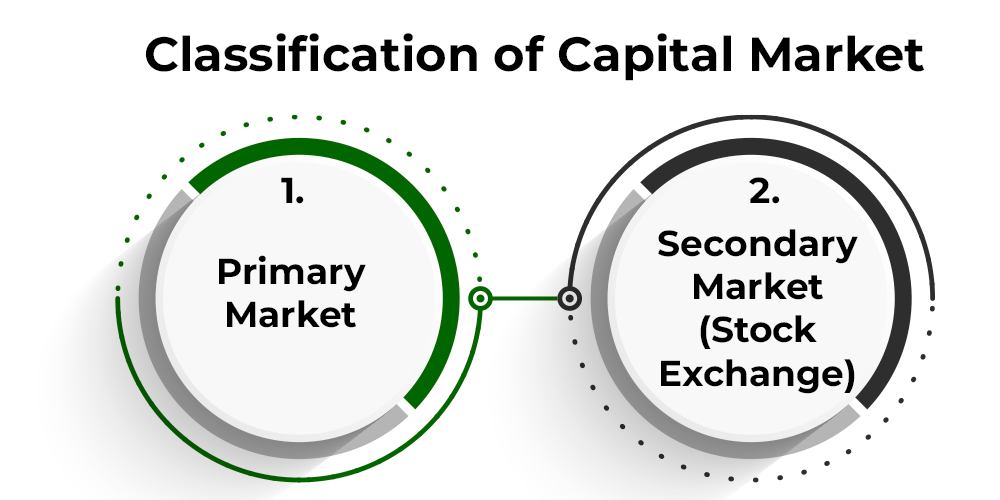Capital Market vs. Stock Market: An Overview
Capital market refers to a broad spectrum of tradeable assets that includes the stock market as well as other venues for trading different financial products. The stock market allows investors and banking institutions to trade specifically in stocks, either publicly or privately. Stocks are financial instruments that represent partial ownership of a company. Stock issuance is used extensively by companies as a means of raising capital. Within the stock market itself are primary and secondary markets that trade among banks underwriting stock and public investors trading stock, respectively.
Capital Markets
Capital markets may trade in other financial securities including bonds; derivative contracts such as options, various loans, and other debt instruments, and commodity futures. Other financial instruments may be sold in capital markets and these products are becoming increasingly sophisticated. Some capital markets are available to the public directly while others are closed to everyone except large institutional investors. Private trade, mostly between large institutions with high-volume trades, occurs via secured computer networks at very high speeds. These markets all trade financial securities, so they are all capital markets. The stock market is a very significant portion of the total volume of capital market trades.
Capital markets are composed of primary and secondary markets. The majority of modern primary and secondary markets are computer-based electronic platforms. Primary markets are open to specific investors who buy securities directly from the issuing company. These securities are considered primary offerings or initial public offerings (IPOs). When a company goes public, it sells its stocks and bonds to large-scale and institutional investors such as hedge funds and mutual funds.
The secondary market, on the other hand, includes venues overseen by a regulatory body like the Securities and Exchange Commission (SEC) where existing or already-issued securities are traded between investors. Issuing companies do not have a part in the secondary market. The New York Stock Exchange (NYSE) and Nasdaq are examples of the secondary market.
The Stock Market
The stock market has several very popular markets available for public trading. The Nasdaq and NYSE trade a considerable volume every day within the United States and are the most significant stock markets. Other countries have popular stock markets, such as the Tokyo Stock Exchange in Japan. Each market has specific times during the day when it remains open. By trading through different markets, it is possible for investors to actively trade stocks throughout the day.
The primary function of the stock market is to bring buyers and sellers together into a fair, regulated, and controlled environment where they can execute their trades. This gives those involved the confidence that trading is done with transparency, and that pricing is fair and honest. This regulation not only helps investors, but also the corporations whose securities are being traded. The economy thrives when the stock market maintains its robustness.
